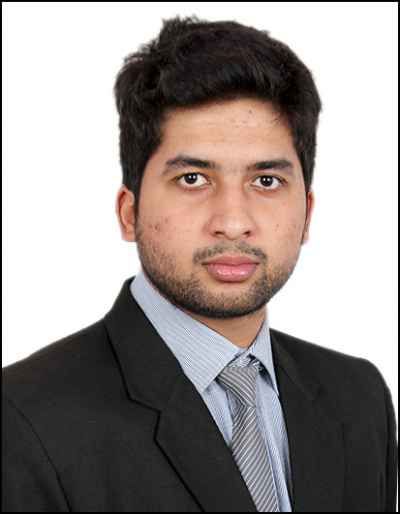299 reads
How To Write a Killer Resume
by
May 18th, 2021

A product manager trying to make it worthwhile your read. Currently leading the Live Classes Product @Unacademy. Ex-Acko
About Author
A product manager trying to make it worthwhile your read. Currently leading the Live Classes Product @Unacademy. Ex-Acko